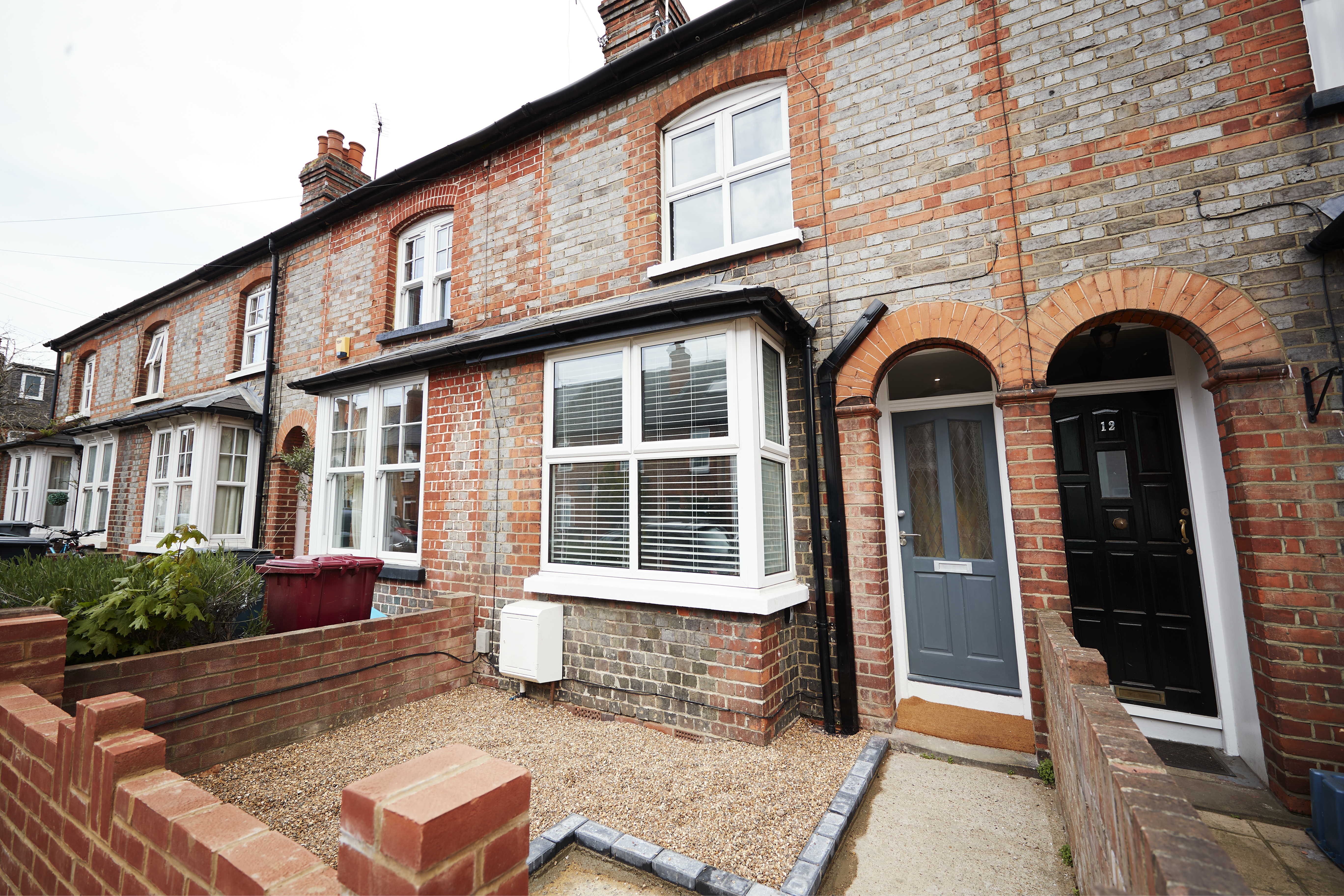Anyone who buys a property to rent out – and doesn’t have the cash to pay for it outright – will usually need a buy to let mortgage.

This differs from a standard residential mortgage which you’ll use to buy a home to live in. Because it’s more of a business opportunity, tenants will likely change over the duration of the mortgage and there is in fact, there’s no guarantee of finding tenants (unlikely in the current market but still a risk), the interest on a buy to let mortgage may be more expensive than what you will pay for a residential mortgage.
You’ll may pay more money for buy to let finance
Not only that, but the deposit will usually be higher too (from 40 per cent, with a minimum of around 25 per cent although specialist lenders may do a lower deposit). Even the arrangement fees for a buy to let mortgage can work out more expensive – as much as 3.5 per cent of the property’s value compared to 0.3 per cent if you planned on moving in to the property.
But it’s not only financially that a buy to let mortgage differs. Unlike a home mortgage you’ll only pay off the interest on your investment property mortgage (unless you choose repayment). The idea being that you’ll have fewer outgoings so your rental income profit will be higher. It does mean though that you’ll have to make provision to pay off the capital expense when the mortgage term ends. Generally, the repayment vehicle for Buy to Let mortgages, is the sale of the property although other repayment methods can be used.
It’s important to understand that buy to let mortgages aren’t regulated by the Financial Conduct Authority. Only a consumer buy to let mortgage is regulated ie when the property is let to family members (and even then, this mortgage is more like a residential product) and not all lenders will offer this type of mortgage.
Other costs of a buy to let
Of course, it’s not only your mortgage interest that you’ll have to budget for with a buy to let. There’s also landlord insurance, maintenance, stamp duty (an additional three per cent second homes tax), void periods, letting agent fees (if you choose not to self-manage) and income tax itself.
Different types of buy to let mortgage
Buy to let mortgages are available in fixed rate, variable, tracker and variable discounted versions for example. With a fixed rate mortgage, you’ll pay the same amount for anything from two to five years or beyond, depending on what you sign up for. Unless you can find another fixed rate deal you’ll then go on to the lender’s variable rate when the mortgage period finishes.
A standard variable rate is higher but at least there’s no exit fees to pay if you find another fixed rate. A tracker mortgage varies depending on the Bank of England's base rate. When the latter changes, usually so does the mortgage lender's base rate. A discounted variable rate is, as the name suggests, set below the lender's standard variate rate. But it’s only for a limited time, such as two years.
Criteria for acceptance of a buy to let mortgage
Lenders will often want you to have an annual income of at least £25,000 before even considering you for a buy to let mortgage. And even then, your rental income should be around 30 per cent more than the cost of your monthly mortgage interest payments.
Where to get a buy to let mortgage
There are specialist lenders who deal only in buy to let and other investment mortgages.
Get in touch to talk to an advisor
At Teal Finance we have experts who deal specifically with landlord finance. To book an appointment for a chat, tel: 01603 574404 or email: hello@tealfinance.co.uk.


